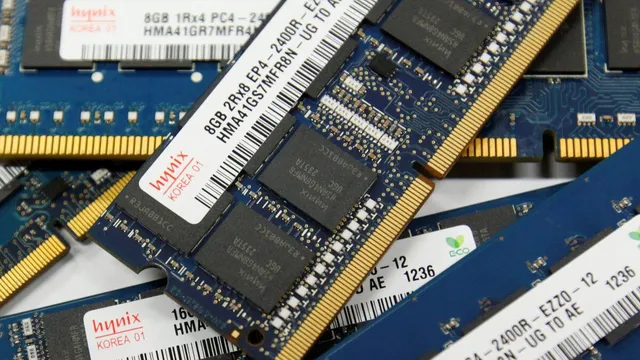- By Alex David
- Sun, 05 Oct 2025 11:59 PM (IST)
- Source:JND
The memory and storage industry is facing a growing crisis, with analysts and manufacturers warning of looming NAND and DRAM shortages that could push prices for SSDs and memory modules sharply higher. Some experts even predict that this scarcity could persist for a decade, largely driven by the insatiable appetite of AI data centres.
The warnings have become impossible to ignore. For the past two years, storage upgrades were a rare bright spot for PC builders, with SSD and DRAM prices hitting record lows in 2023. High-performance NVMe drives sold for only slightly more than modest mechanical hard drives, while DRAM modules dropped to price points not seen in nearly a decade. However, the pendulum swung in 2024, with prices for both NAND flash and DRAM climbing rapidly.
From Oversupply to Scarcity
The downturn in 2022 and early 2023 left memory makers struggling. NAND and DRAM were selling below cost, and inventories were piling up. Manufacturers responded with drastic output cuts, which, by the second half of 2023, began to push prices back up. NAND spot prices for 512Gb TLC parts surged by over 100% in six months, with contract pricing following suit. Retail SSDs mirrored this trend: Western Digital’s 2TB Black SN850X climbed to $150, and Samsung’s 990 Pro 2TB jumped from $120 to $175 within months.
DRAM followed a similar pattern. DDR4 modules, previously clearance items, experienced shortages, with forecasts suggesting price jumps of 38–43% quarter-over-quarter for PC-grade modules in Q3 2025, and 28–33% for servers. Graphics memory, particularly GDDR6 and GDDR7, also saw price spikes. HDDs weren’t immune; Western Digital announced a 5–10% price increase in April 2024 due to supply constraints, and TrendForce highlighted nearline HDD shortages for data centers.
ALSO READ: Snapchat To Limit Free Memories Storage: Users Must Pay For More Space
AI Drives Unprecedented Demand
The AI boom is at the center of the current supply squeeze. Training and deploying large language models requires vast amounts of memory and storage, with each GPU node consuming hundreds of gigabytes of DRAM and multiple terabytes of flash. AI firms are locking in supply at unprecedented scales.
OpenAI’s “Stargate” project reportedly signed agreements with Samsung and SK hynix for up to 900,000 DRAM wafers per month—equivalent to nearly 40% of global DRAM production. Cloud providers are similarly reserving high-density NAND products months, or even years, in advance. Samsung’s V9 NAND and Micron’s High Bandwidth Memory (HBM) are nearly sold out through 2026.
Even consumer devices are feeling the impact. Raspberry Pi raised prices on Compute Module 4 and 5 variants in October 2025, citing memory costs up 120% from a year ago.
Supply Priorities and Investment Shifts
Manufacturers are deliberately redirecting resources. Capital expenditure is increasingly focused on HBM and advanced nodes, where margins are high. This leaves mainstream DRAM and NAND supply constrained, contributing to long-term shortages. Phison Electronics’ CEO warns that NAND supply could remain tight for a decade due to these strategic investment choices.
For the first time, both NAND flash and HDDs are constrained simultaneously. Nearline HDD shortages have forced hyperscalers to adopt QLC flash arrays, which in turn pressures NAND supply further. SSDs are now being used in high-capacity roles once dominated by HDDs, tightening supply chains across the board.
Why New Fabs Won’t Solve the Problem Quickly
Constructing new memory fabs is a time-intensive and money-draining process which is frequently estimated to cost tens of billions of dollars, but takes years to cover its costs. Also, supply chains of advanced tools and rare earth materials are tight, such as neodymium magnets essential for HDDs. Producers are reluctant to run the same cycle of overproduction and price fall on and simply sell off existing supply at greater margin.
ALSO READ: YouTube Premium Family Plan Faces Crackdown On Shared Accounts
Implications for Consumers and Enterprises
For consumers, ultra-cheap storage upgrades are over. Enterprises and hyperscalers will need larger budgets for SSDs, DRAM, and HDDs, with longer lead times and higher costs. Smaller operators without procurement leverage face even steeper challenges. Seasonal price dips are unlikely to return soon, and memory and storage prices are expected to remain elevated into 2026.
The market is ultimately going to rebalance, but new fabs, government incentives, and potential relief in AI-driven demand will define when. Before it does, the shortage of memory and storage will continue to determine cost and availability for years.
Report by Luke from Tom’s Hardware

